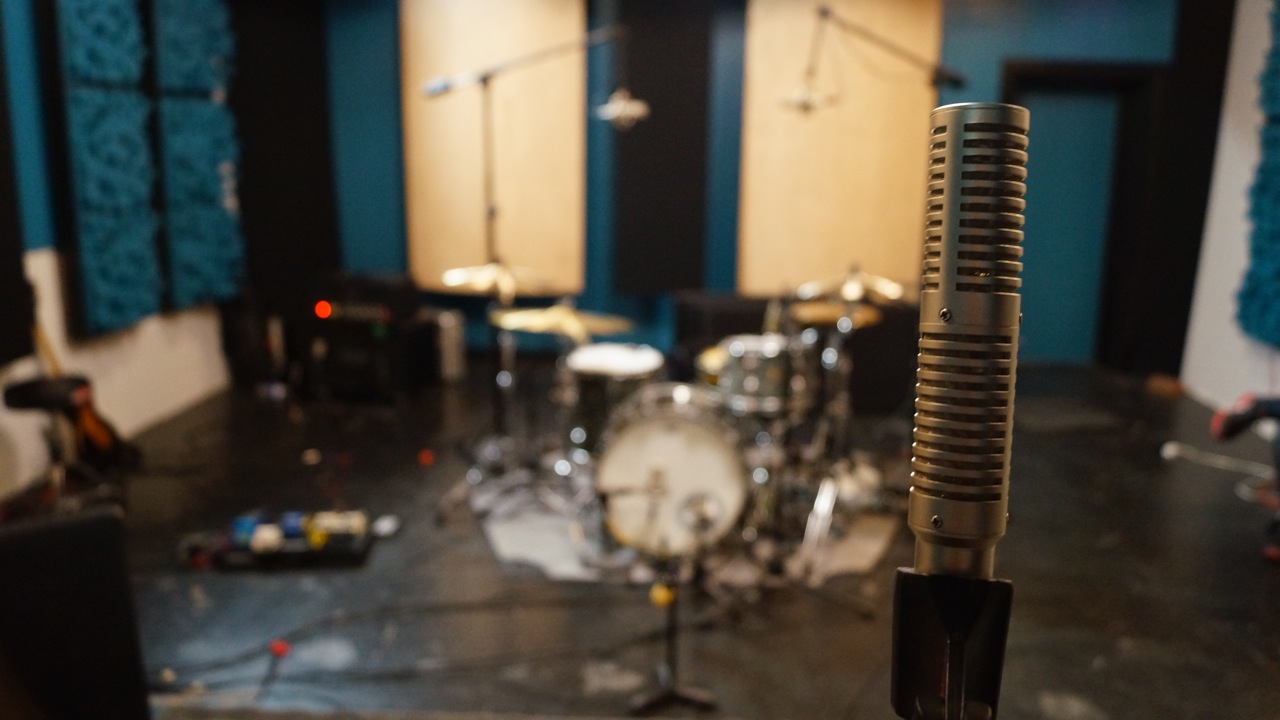Trying to choose what microphone to use on what instrument and where to put it can often terrify a new audio engineer, because there are almost too many choices that it can be overwhelming! Without getting into the science about how each microphone type works, we have three main branches to choose from, with variations on the themes.
First, Dynamic mics will generally be isolating and great for loud sources. Because of design limitations, they usually don’t pick up subtle transients as well as the other two options: Ribbon or Condenser (otherwise known as Capacitor mics).
Ribbons will pick up everything in the room, but are very sensitive to high pressure. So, they’re not great on vocals or kicks (with rare exceptions). Ribbons are the favorite of Audiophiles in that they color the signal only slightly. When compared to Dynamic or Condensers, they are the “#nofilters” of the microphone world.
Condensers come in large and small diaphragm. Large diaphragms are great vocal mics, room mics, guitar mics, overheads, etc… They’re just great all-around mics, but beware: they can overload quickly if the source is too loud. Small diaphragms are great for pianos, room mics, overheads, xylophones, and other instruments.
The rules aren’t black-and-white when it comes to choosing a mic. Just be aware and experiment.
More in Part Two.













There are 0 comments